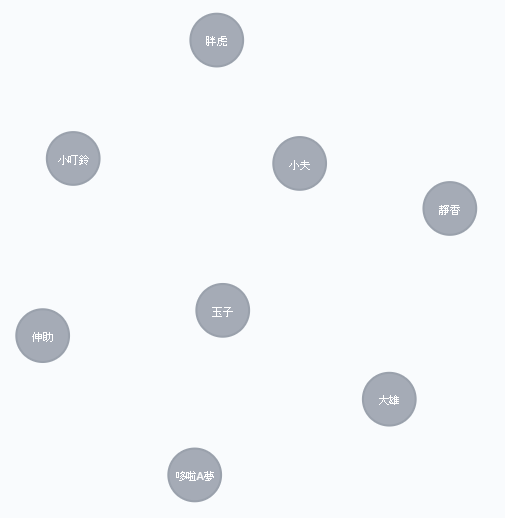1
2
3
4
5
6
7
8
9
10
11
12
13
14
15
16
17
18
19
20
21
22
23
24
25
26
27
28
29
30
31
32
33
34
35
36
37
38
39
40
41
42
43
44
45
46
47
48
49
50
51
52
53
54
55
56
57
58
59
60
61
62
63
64
65
66
67
68
69
70
| @Transactional
@PostMapping(value = "/{projectId}/importFile/{fileType}", produces = MediaType.APPLICATION_JSON_VALUE)
public void importFile(@PathVariable Integer projectId, @PathVariable String fileType,
@RequestParam(value = "file", required = true) MultipartFile file) throws IOException {
Project project = repo.findOne(projectId);
File tmpFile = null;
DateFormat dateFormat = new SimpleDateFormat("yyyyMMddHHmmss");
String currentTime = dateFormat.format(new Date());
try {
tmpFile = File.createTempFile(file.getName() + "_" + currentTime, ".zip");
tmpFile.deleteOnExit();
} catch (IOException e) {
throw new RuntimeException("建立 temp file 發生錯誤, 錯誤原因: " + e.getMessage(), e);
}
InputStream inputStream = null;
ZipFile zipFile = null;
try {
inputStream = file.getInputStream();
byte[] buffer = new byte[inputStream.available()];
inputStream.read(buffer);
Files.write(buffer, tmpFile);
zipFile = new ZipFile(tmpFile);
Enumeration<? extends ZipEntry> entries = zipFile.entries();
while (entries.hasMoreElements()) {
ZipEntry entry = entries.nextElement();
saveDomainJSON(project, entry, zipFile);
saveStoryMD(project, entry, zipFile);
}
repo.updatePersistModelToNull(projectId);
} catch (IOException e) {
throw new RuntimeException("讀取 zip file 發生錯誤, 錯誤原因: " + e.getMessage(), e);
} finally {
if (zipFile != null) {
zipFile.close();
}
if (inputStream != null) {
inputStream.close();
}
}
}
private void saveDomainJSON(Project project, ZipEntry entry, ZipFile zipFile) throws IOException {
if (entry.getName().startsWith("domain")) {
try (InputStream inputSteam = zipFile.getInputStream(entry);) {
String content = IOUtils.toString(inputSteam, org.apache.commons.io.Charsets.UTF_8);
// save content into database
} catch (IOException e) {
throw new RuntimeException("讀取 domain JSON file 發生錯誤, 錯誤原因: " + e.getMessage(), e);
}
}
}
private void saveStoryMD(Project project, ZipEntry entry, ZipFile zipFile) throws IOException {
if (entry.getName().startsWith("story")) {
try (InputStream inputSteam = zipFile.getInputStream(entry);) {
String content = IOUtils.toString(inputSteam);
// save content into database
} catch (IOException e) {
throw new RuntimeException("讀取 story Markdown file 發生錯誤, 錯誤原因: " + e.getMessage(), e);
}
}
}
|



























